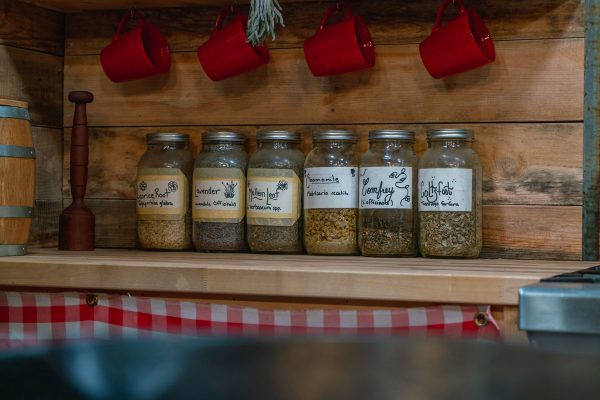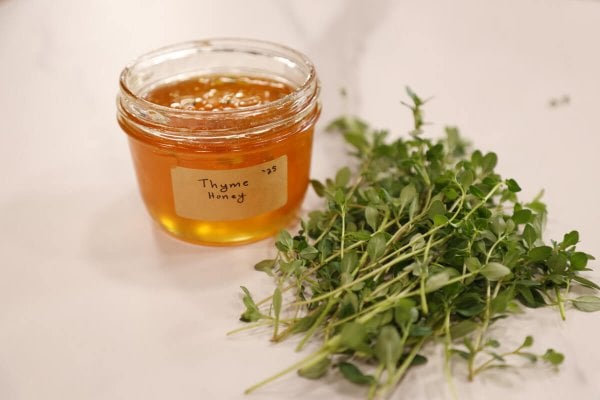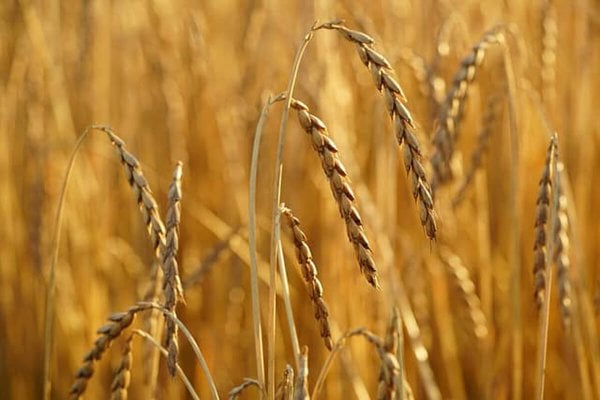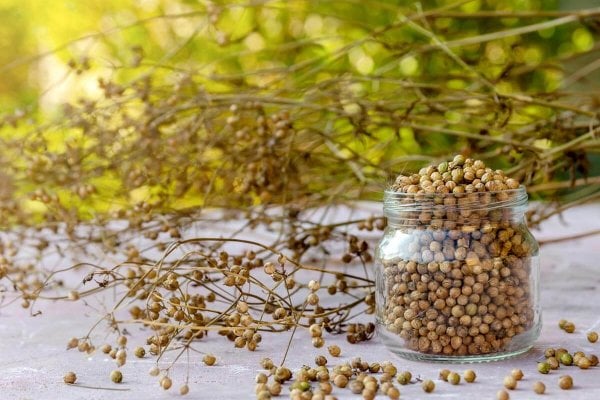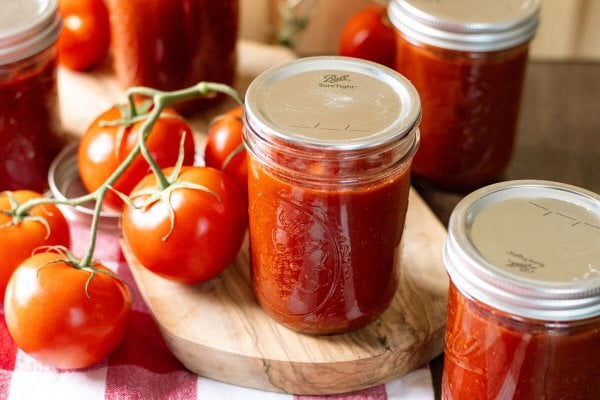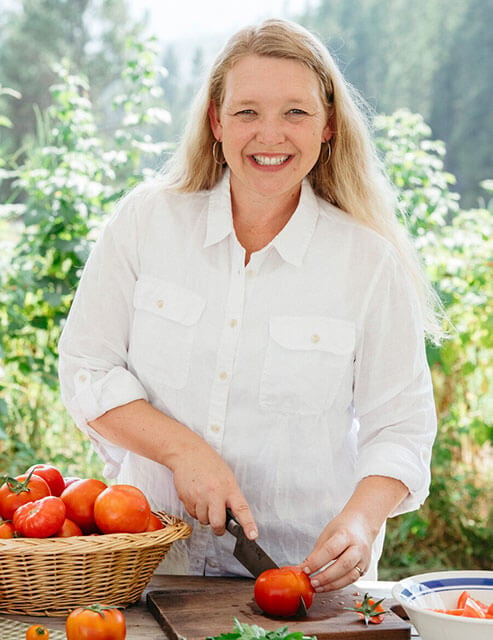Did you know that echinacea plants have been used for centuries as natural remedies to boost the immune system and fight off illnesses? These vibrant and hardy plants don’t just offer beauty to your garden but also a myriad of health benefits. Read on to learn the numerous benefits of growing echinacea plants in this comprehensive guide on how to cultivate this powerful herb.
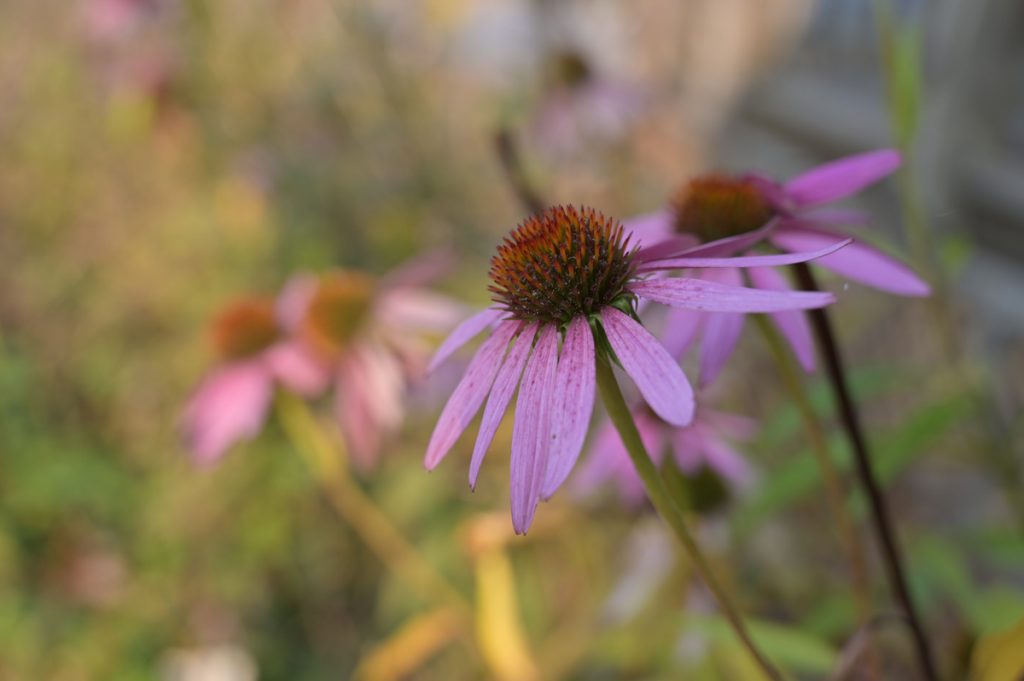
Table of Contents
ToggleWhy I Love the Echinacea Plant
I love using herbal medicine at home (If you’re new to herbal remedies, I recommend checking out this post on how to start using medicinal herbs). I’ve been growing medicinal herbs in my cottage garden for years, creating many herbal remedies for my homemade first-aid kit.
Just like yarrow, echinacea is one such plant that I’ll grow forever! It’s not only a beautiful addition to my cottage garden and fantastic for pollinators, but it’s also great for boosting the immune system and shortening the duration of a cold or the flu.
If you’re looking to grow a cottage garden filled with herbs, echinacea should definitely be on your list. So get it planted and then learn about other medicinal herbs and their uses to fill your garden.
It’s important to note that I am not a certified medical practitioner. This post is not intended to diagnose or treat but is for informational purposes only. Please contact your healthcare professional before introducing new herbal and natural remedies into your wellness routine.
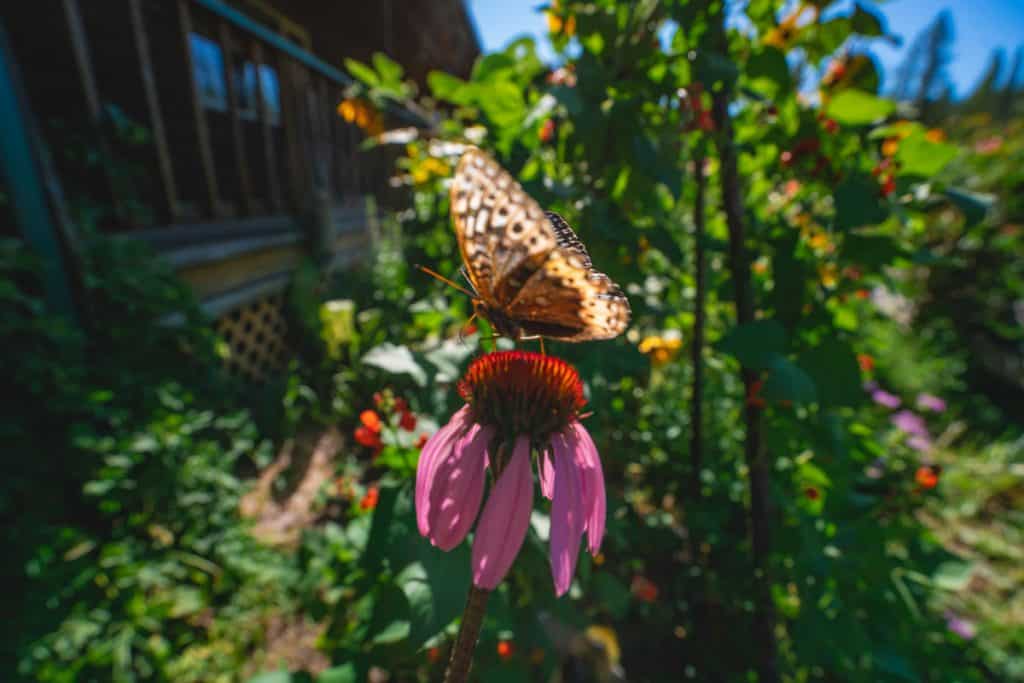
What Is Echinacea
Echinacea, also known as the coneflower, is a wonderful perennial to add to your garden. It is native to North America and thrives in full sun conditions. Its showy flowers come in various colors, including pink, purple, and white.
There are several varieties of echinacea, each with its own unique characteristics, but the three grown for medicinal purposes are Echinacea purpurea, Echinacea angustifolia, and Echinacea pallida.
When it comes to natural health remedies, the echinacea plant is a true powerhouse. This flowering herb has been used for centuries for its medicinal properties. So whether you’re a seasoned herbalist or someone newly interested in holistic remedies, exploring the benefits of growing echinacea is a rewarding experience.

Does Echinacea Spread?
One of the common questions that gardeners have about echinacea is whether it spreads and how to control its growth. Well, the answer is both yes and no. Echinacea plants do have the ability to spread, but the extent of their spreading nature depends on the variety and growing conditions.
Most echinacea cultivars have a clumping habit, meaning they slowly form expanding clumps over time. These clumps can spread about 2 to 3 feet wide, creating a beautiful display of vibrant flowers. However, unlike some other plants, echinacea is not invasive, so you don’t have to worry about it taking over your garden.
To control the spread of echinacea and maintain a well-manicured garden, you can divide the clumps every 3 to 4 years. Dividing the clumps not only helps manage their growth but also promotes healthier plants with better flowering.

Health Benefits of Echinacea
One of the key health benefits of echinacea is its ability to strengthen the immune system. The plant contains active compounds that have been shown to enhance the function of immune cells, helping the body fight off infections and diseases. Regular consumption of echinacea can help reduce the frequency and duration of the common cold and flu. (Source)
Research has shown that echinacea stimulates the production of white blood cells (source), which play a crucial role in defending the body against harmful pathogens. Additionally, it promotes the production of interferons, proteins that help regulate the body’s immune response. (Source) This combination of immune-boosting effects can help prevent and alleviate various respiratory and bacterial infections.
There is also current research in the early stages exploring echinacea’s effects on maintaining healthy blood sugar levels (source), treating anxiety (source), improving eczema symptoms (source), and protecting against cancer (source), but more research in these areas is needed.

How to Grow Echinacea
When it comes to growing echinacea, there are a few essential steps you need to follow in order to ensure the success of your plants.
Planting Echinacea
- Sun – Choose a well-draining location in your garden that receives full sun (light shade is OK), as echinacea thrives in sunny conditions. Make sure to choose a location with good air circulation to prevent fungal diseases.
- Soil – Echinacea plants do best in well-draining soil with a slightly acidic to neutral pH level (around 6.0-7.0). You can test your soil’s pH before planting for the best results. If needed, amend the soil with organic matter, such as compost, to improve its fertility and drainage. Echinacea is also a great option for growing in pots (learn how to winterize your plants in pots here). Do be sure your pots are deep enough as echinacea roots go deep.
- Seeds – If you choose to start from seed, start your seeds indoors approximately 8-10 weeks before the last spring frost. In about 10-15 days, you should start to see seedlings sprouting.
- Seedlings – If you prefer to skip the seed-starting process, you can purchase potted echinacea plants from a nursery or garden center. Select healthy plants with strong stems and vibrant foliage. Dig a hole slightly larger than the plant’s root ball and place the echinacea in the hole, making sure the top of the root ball is level with the soil surface. Gently backfill the hole with soil, lightly pressing down to secure the plant in place. Water thoroughly immediately after planting.
- Spacing – Plant them at least 18 to 24 inches apart to allow for proper air circulation and prevent overcrowding. This spacing also encourages strong root development and promotes overall plant health.
- Mulching – Adding a layer of organic mulch around the base of the plants helps to retain moisture, suppress weed growth, and regulate soil temperature. (Learn more weed prevention methods here.)
- Companion Planting – Echinacea attracts beneficial pollinators, making it a good companion plant for the garden. Some great options to combine with echinacea are companion plants like sage, black-eyed Susans, salvia, borage, and hyssop.

Caring for Echinacea
- Watering – Echinacea plants are known for their ability to thrive in dry conditions. Their deep taproots allow them to access water stored deeper in the soil, making them more resistant to drought. This makes echinacea an excellent choice for gardens in regions with limited rainfall or areas prone to hot and dry summers. However, they still need regular watering, especially during their initial growth stages. Water them deeply once a week, making sure the soil is well-draining to avoid waterlogging, which can lead to root rot. Homesteading Hack: You can check out our garden watering strategies for more tips on properly watering a garden.
- Deadheading – Regularly deadhead your echinacea to prevent pests and disease and encourage new blooms to form. Look for flowers that have started to fade or wilt. Using your fingers or a pair of sharp pruning shears, cut the flower stems just above the first set of healthy leaves. This will prevent the formation of seed heads and redirect the plant’s energy towards producing new blooms.
- Trimming – Begin by removing any dead or damaged leaves, stems, or flowers. This will prevent the spread of diseases and pests, ensuring the vitality of your plants. Use clean, sharp pruning shears or scissors to make clean cuts at a 45-degree angle, a few inches above the base of the plant. When trimming echinacea, it’s important not to remove more than one-third of the plant’s foliage at a time. Pruning more extensively can stress the plant and hinder its growth. Instead, focus on trimming back any leggy or overgrown stems to encourage a fuller, bushier appearance.
- Fertilizing – Once every four to six weeks, add some compost tea from homemade compost. This will prevent the soil from becoming depleted.

Harvesting Echinacea
When it comes to harnessing the full potential of echinacea, proper harvesting techniques are essential. By harvesting echinacea at the right time and utilizing its various parts, such as the flower heads and roots, you can unlock its medicinal properties and reap the benefits of this remarkable plant.
- Timing – The best time to harvest echinacea is when the flowers are in full bloom. This is typically in the summer months, around July and August. At this stage, the flower heads are vibrant and rich in beneficial compounds. When harvesting the roots, it’s best to wait until the plant has reached its third year of growth. At this stage, they have developed fully and contain the highest concentration of beneficial compounds.
- Harvesting Flower Heads – To harvest the flower heads, simply cut the stem just below the base of the flower using clean, sharp pruning shears. Be sure to choose stems with fully opened flowers for optimal potency. Collect the flower heads in a basket or container, avoiding any damage or bruising that may reduce their efficacy.
- Harvesting the Roots – Harvesting the roots requires carefully digging around the base of the echinacea plant, making sure to leave a portion of the root ball intact for its regrowth. Gently separate and lift the root from the ground and shake off any excess soil. Wash the roots thoroughly to remove any dirt or debris. Once clean, cut the roots into smaller pieces for drying or immediate use.
- Storing – Echinacea can be stored by drying the flower heads and roots. Hang the flower heads upside down in a dry, well-ventilated area until they are fully dry. Store the dried flower heads in an airtight container. For the roots, clean them thoroughly and let them air dry before storing in a cool, dark place.
- Tinctures and Extracts – An alternative way to store echinacea is by making tinctures or extracts. Learn how to make tinctures here.
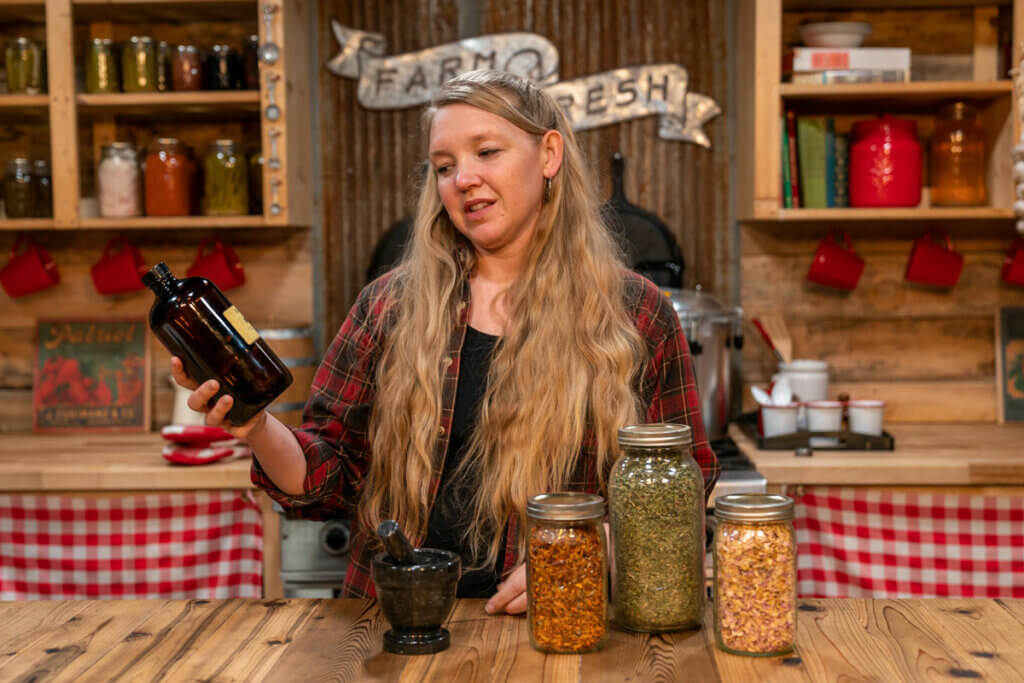
Using Herbal Medicine
Once your echinacea plants are established, you can enjoy the vibrant flowers and harvest them for their medicinal properties.
If you aren’t confident in how to build an herbal medicine cabinet, then the Herbal Medicine Cabinet: Colds and Flu class is designed just for you. When you sign up, you will no longer be wondering…
- Which herbs are you supposed to use for various illnesses?
- Where do you find the best quality herbal medicines?
- Are all herbs safe to treat your family with?
- And so much more!
With a recent update to include flu and flu-like viruses, this masterclass equips you with the knowledge you need to start using simple herbs to safely, naturally and effectively treat your family this cold and flu season.
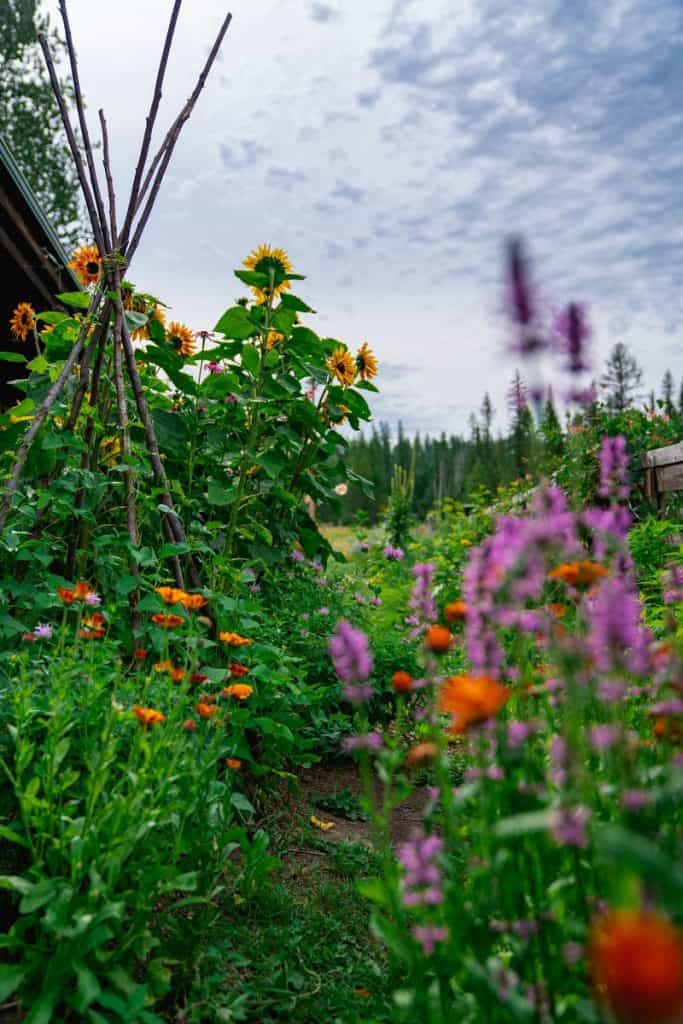
FAQ
Yes, echinacea is a perennial plant that will come back year after year with proper care and maintenance.
Echinacea thrives in full sun, so it’s best to plant it in an area that receives at least 6 hours of direct sunlight per day. Additionally, make sure the soil is well-draining to prevent waterlogged roots.
Echinacea can spread through its seed, but it is not considered an invasive plant. To control its spread, you can deadhead the flowers and remove any unwanted seedlings. Companion plants such as lavender and yarrow can also help prevent excessive spreading.
It’s best to trim and prune echinacea at the end of the season or in early spring before new growth begins. Trim back any dead or damaged foliage and remove spent flower heads to encourage new blooms.
Yes, echinacea, like other herbs, can be propagated by dividing the plants in early spring or early fall. Gently dig up the plant, separate the root ball into multiple sections, and replant them in new locations. Make sure each new section has its own set of roots.
Echinacea is generally a hardy and disease-resistant plant. However, it can be susceptible to root rot if planted in poorly draining soil. Watch out for aphids and other common garden pests, and take appropriate measures to control them if necessary.












